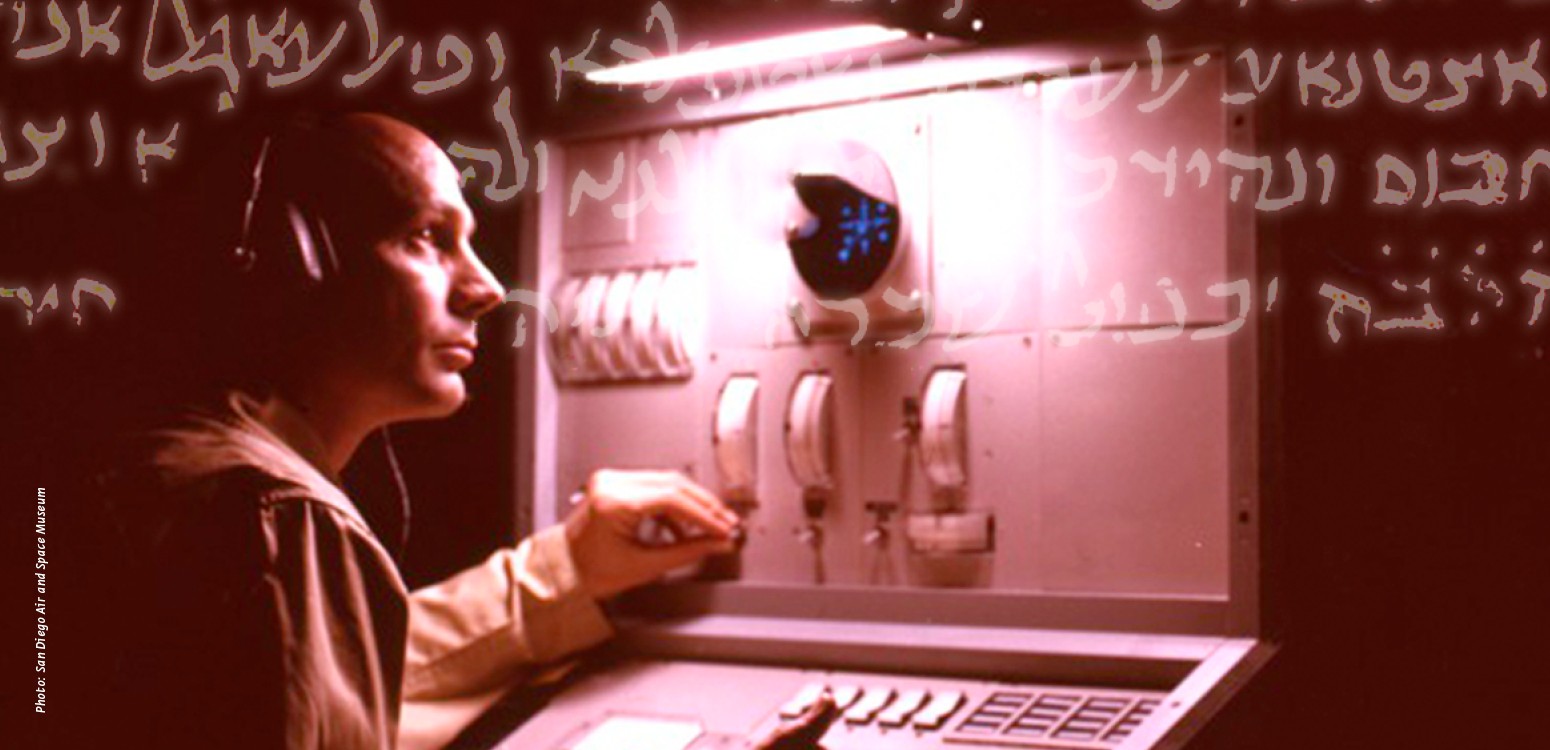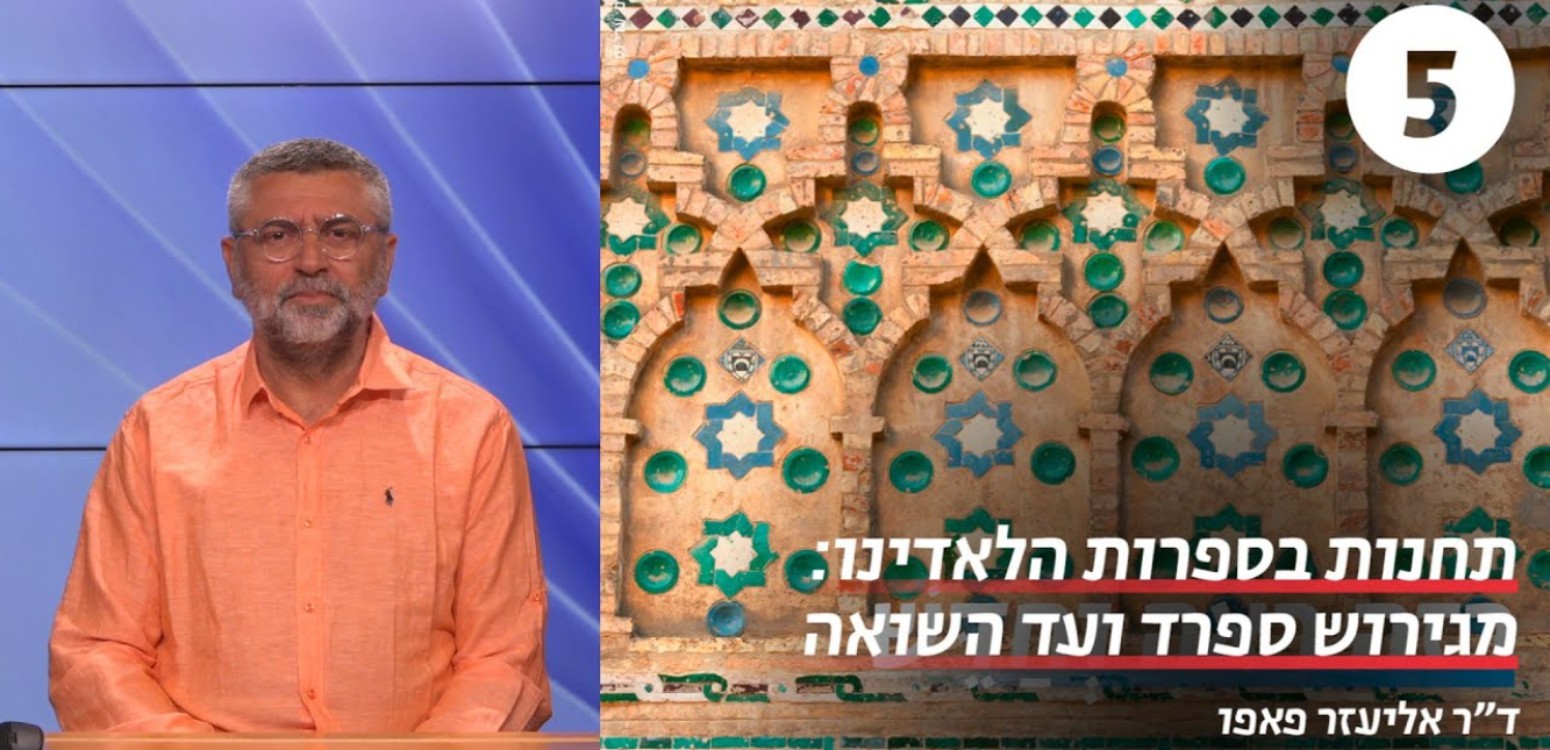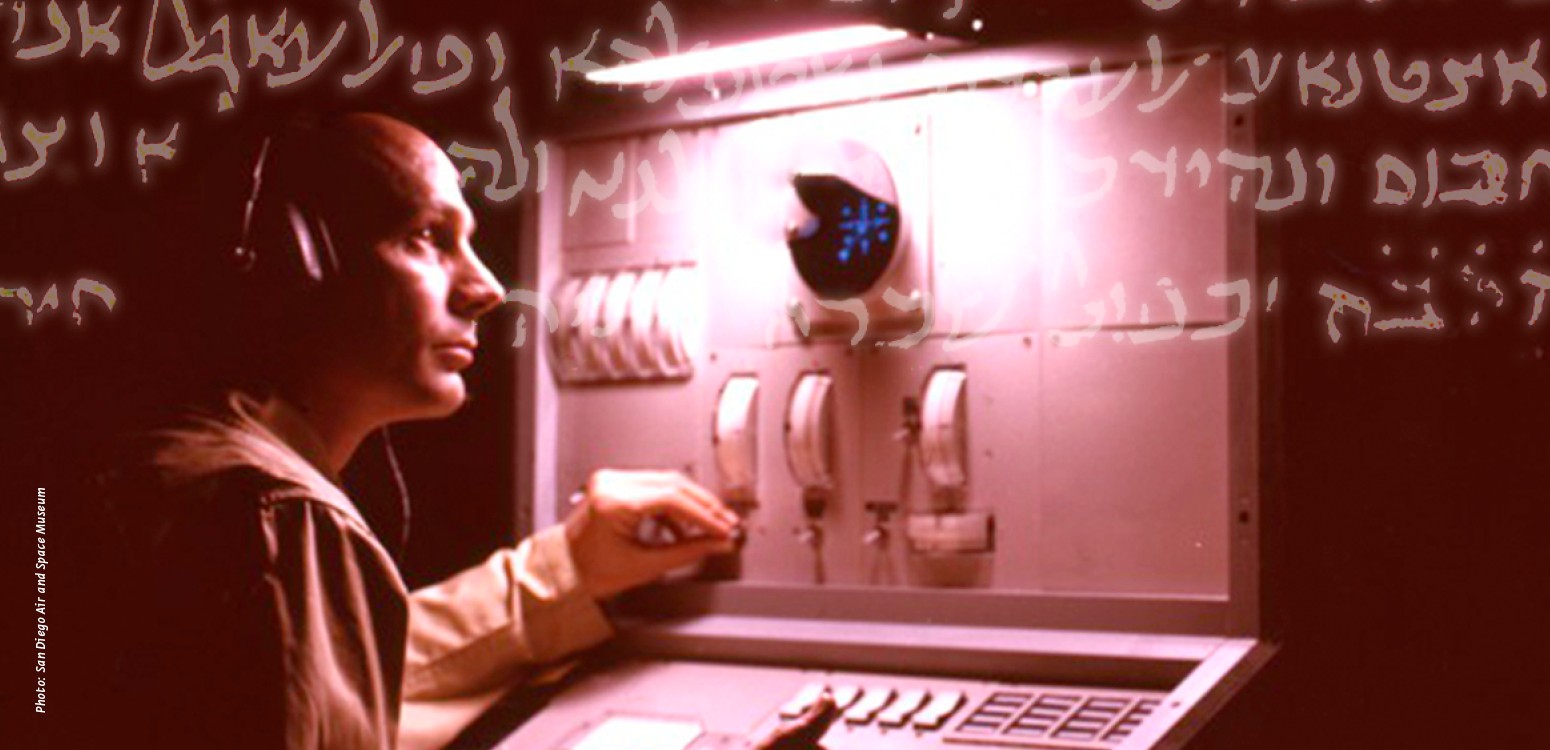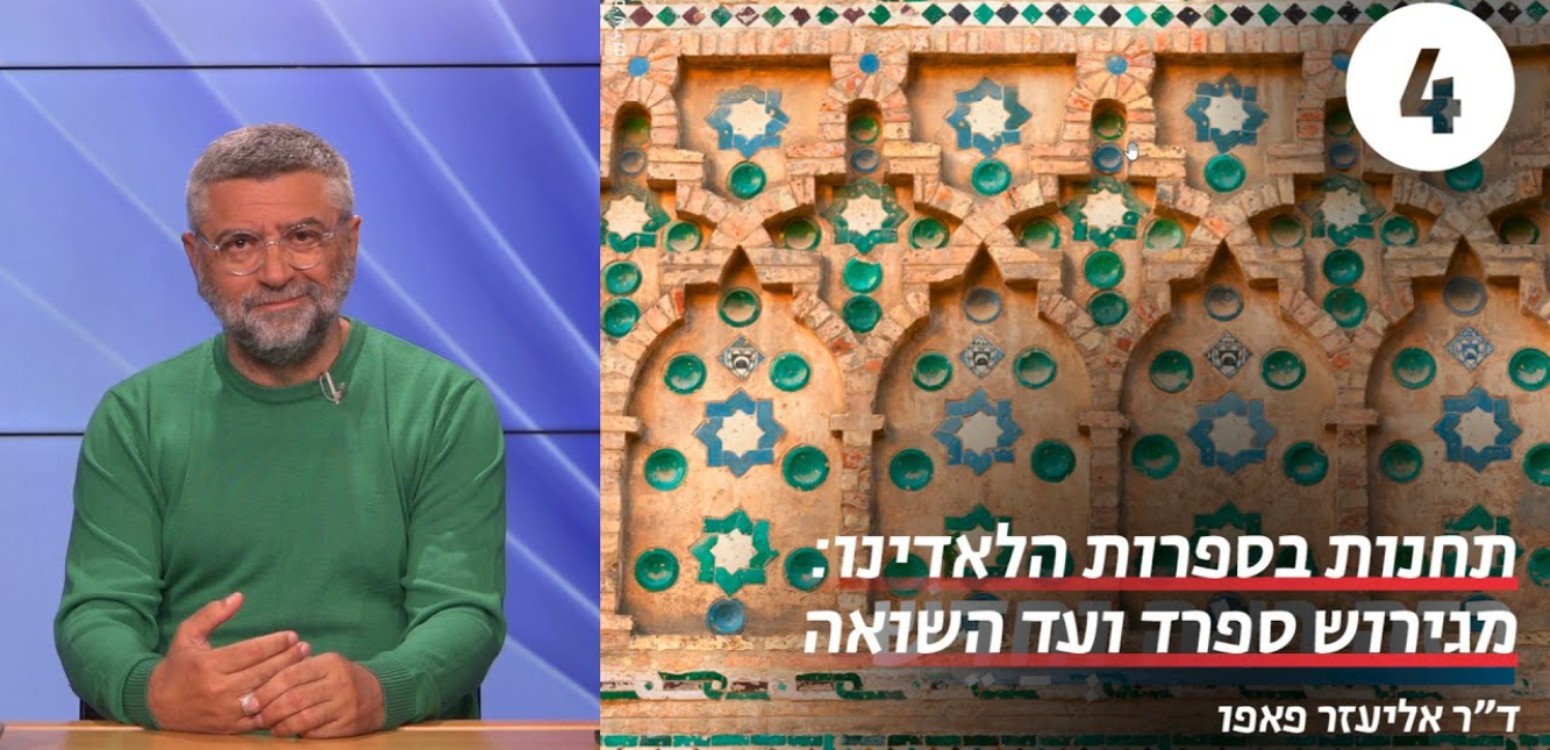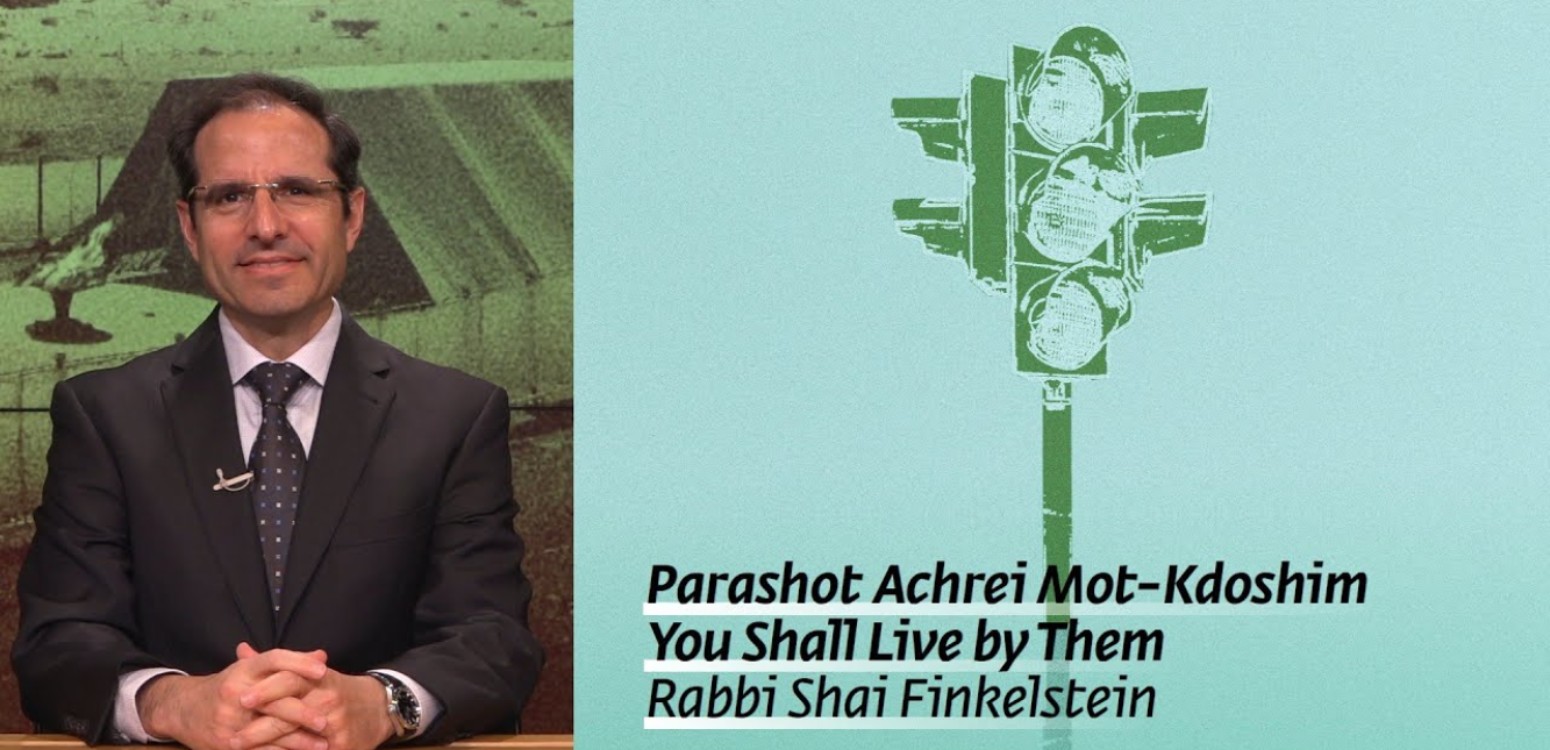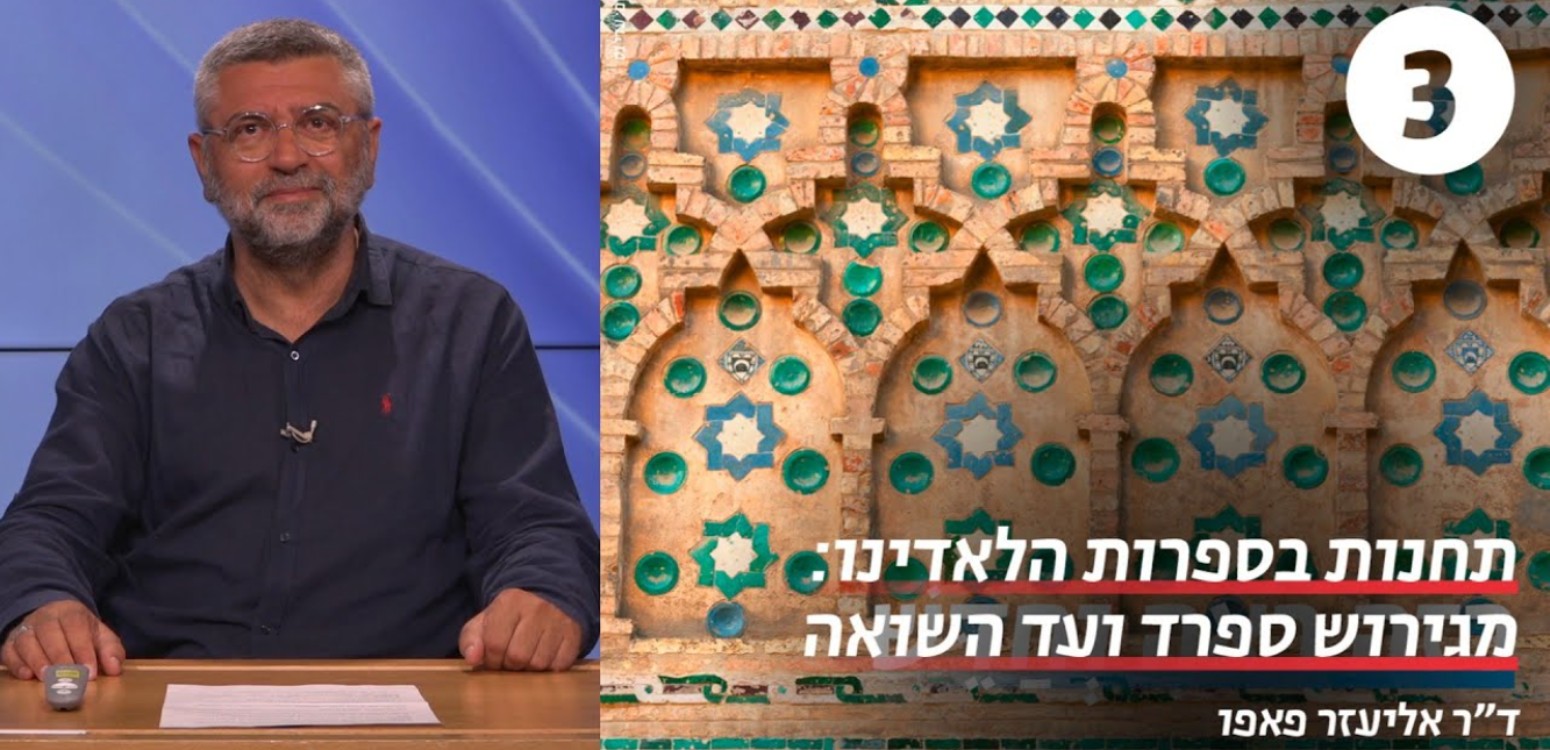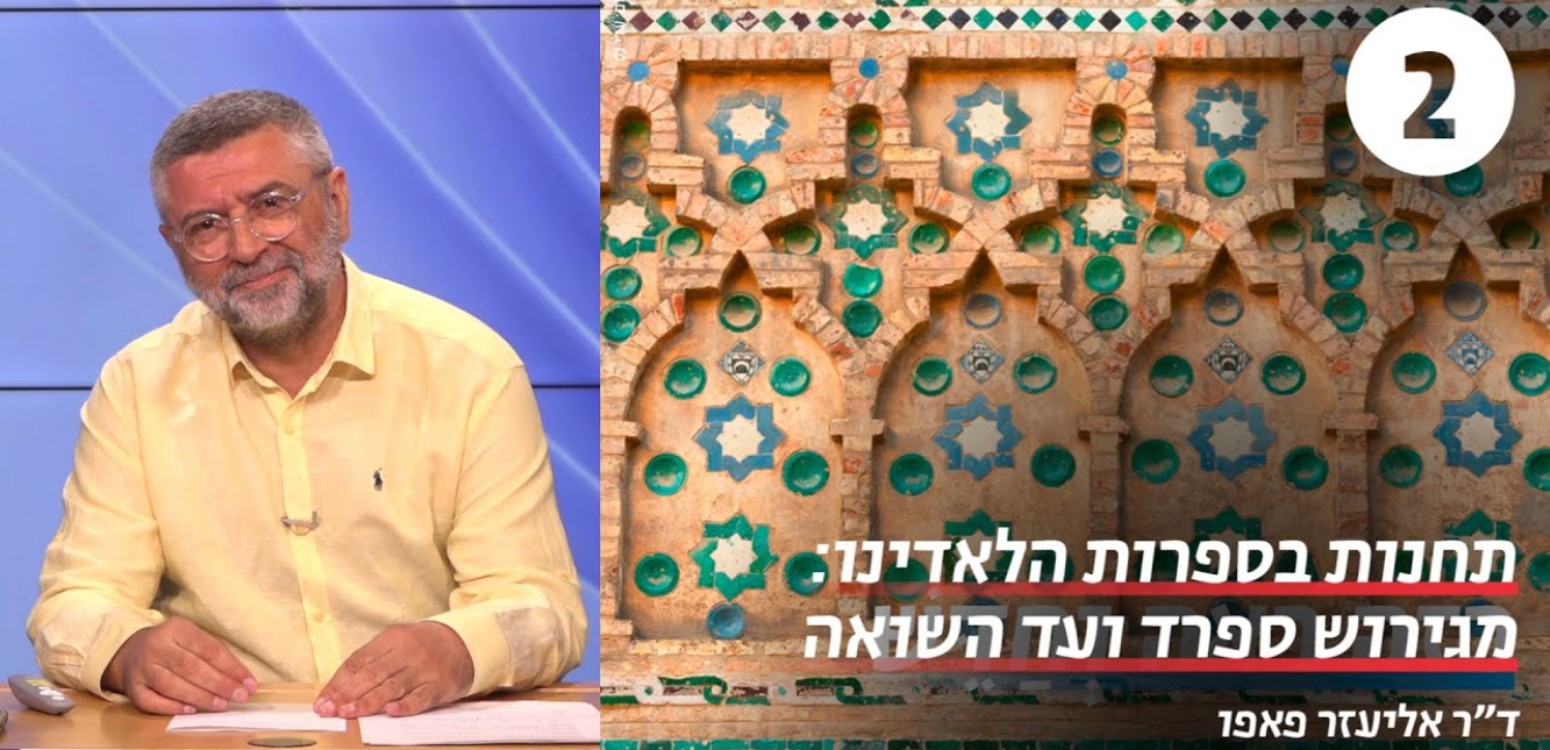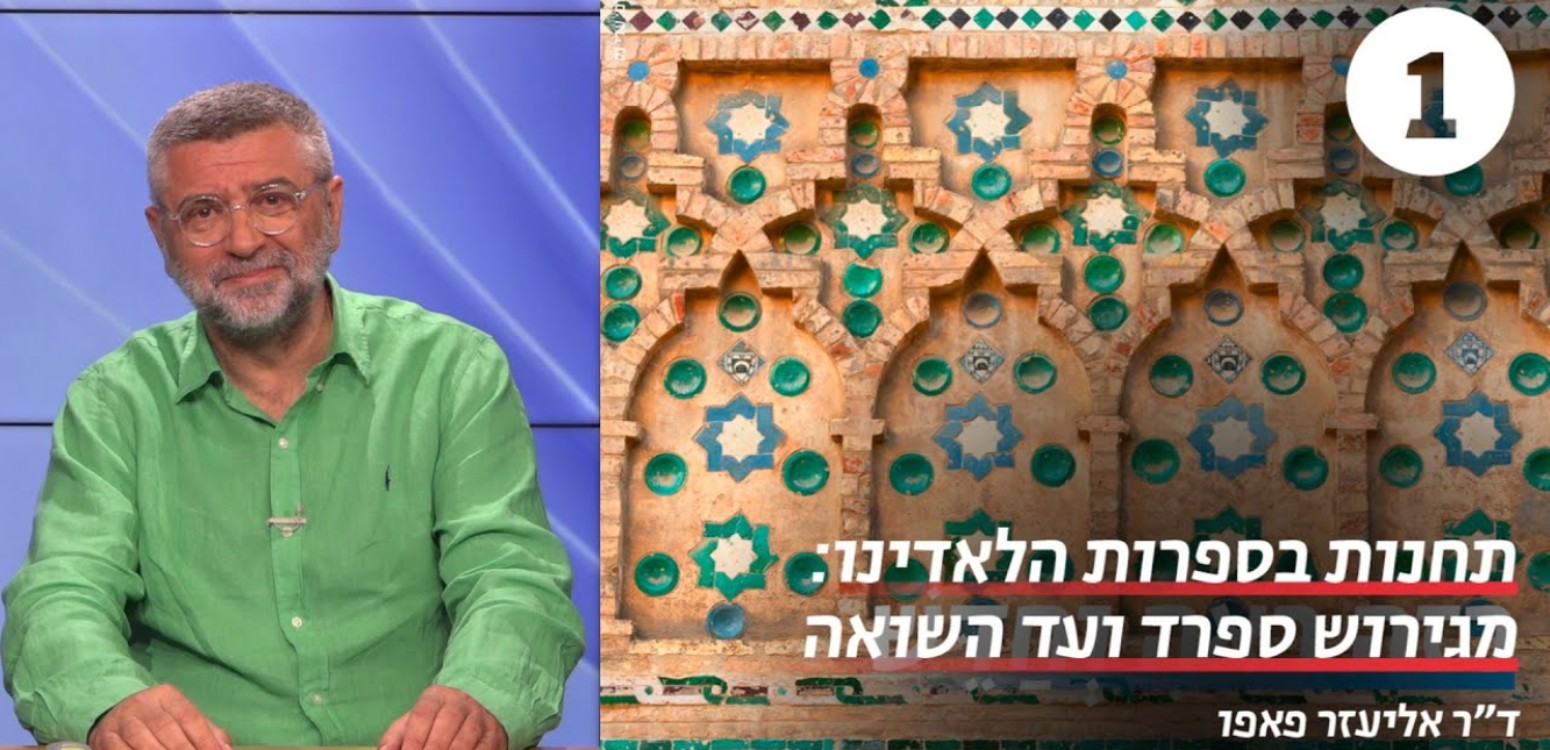The character of Eliyahu Shamir continues to live on in the collective consciousness after his brother Moshe wrote the well-known book “Stories about Elik”
Born from the sea and returned to the sea
In memory of Eliyahu (Elik) Shamir – 13th of Sivan 5684 (June 15, 1924) – 9th of Tevet 5708 (January 22, 1948)
“Elik was born from the sea,” wrote Moshe Shamir about his brother Eliyahu (Elik) Shamir, a few years after he was killed. As a Tel Avivi from birth, Elik was connected to the sea. He spent long hours on the beach and it was there that his character was formed. From his youth, he was a member of Hashomer Hatsair, a gifted athlete, a member of the Hapoel Association, a basketball player and a swimmer.
On completing his studies at Mikve Yisrael in 1941, he joined his friends in the Palmach, which was just getting started at the time. He was sent to the squad commander course and served as an instructor, a commander and a sports coach all over the country: Kfar Menahem, Ramat Hakovesh, Ein Shamir, Givat Haim, Maoz Haim, Beit Hashita, Yagur, Kfar Yehoshua and others. He was released after five years of service, but continued on in the Palmach reserves, where he served in number of positions. He took part in the attack on the Sharon Police Station and by a miracle wasn’t killed there.
At the beginning of the War of Independence, Elik was sent to the remote Negev. He and his friend Nahum Arieli set up their company, which was responsible for securing the first part of the Tel Aviv-Jerusalem road, from the Tikvah neighborhood to Rishon Letsion. During a period of two months, he commanded and took part in numerous battles, in Yazur, Ramla, Beit Dagon and Yaffo, and was appointed as the commander of the mobile force to protect convoys. On January 22nd, 1948, he set out in a pickup truck with his soldiers, who were from the Holon settlement police, to secure the way for the morning convoy to Jerusalem. At the entrance to the area they were attacked from an ambush. The truck was caught fire and the soldiers were forced to abandon it. They took cover at the side of the road and fought to the last man. Elik was buried in the military cemetery in Nahalat Yitzhak. Mishmar Hashiva, the moshav built on the ruins of the Arab village of Yazur, is named after the seven soldiers.
To find the beauty in dark places - Create: Li Lahav
The clip was inspired by the story written about Elik Shamir, which sketches a memory that goes beyond longing for the memories of childhood – by offering hope. Li Lahav describes the creative process.
A specific chapter of Moshe Shamir’s book, entitled “With his own hands – stories of Elik”, caught my attention already with its opening words: “Elik was born from the sea.” That is a sentence that expresses both fantasy and reality at the same time; it hints at a melancholy and nostalgic continuation and radiates innocence not of this world. The rest of the story weaves Elik’s childhood stories on the beach near his home – stories that seem to be simple and mundane, but which were so significant for that little boy. That paragraph does not mention death, loss or sadness. It only has the optimism of eternal youth.
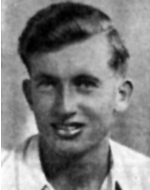 Elik Shamir z"l |
The father, who wrote the sentence at the beginning of the story that captured my attention, developed into the figure of the old man who is contemplating the memories of his son. He is sitting and staring at the sea, as if he has been sitting there for years and waiting for Elik to be born again and return to him. I understood that a clip based on this story cannot present only longing for childhood memories but should also include some hope. This feeling, in the end, developed into the main message of the clip – acceptance.
The artistic style, the yellowish monochromatic design in the style of old Israel, represents childhood innocence and the search for a lost individual. The story that accompanies the clip, “A Song Without Words” op 109, was appropriate for the ideas, the feelings and the conclusions that I wanted to convey and it continues the precise line that the design brings with it. It accompanies the clip but does not overwhelm it and pops up in the moments of human contact and the finding of hope.
Every clip is given to interpretation, but I am hopeful that the viewer will understand the optimistic message that is hidden in it – a message of acceptance of loss and finding beauty in dark places.
עוד בבית אבי חי



